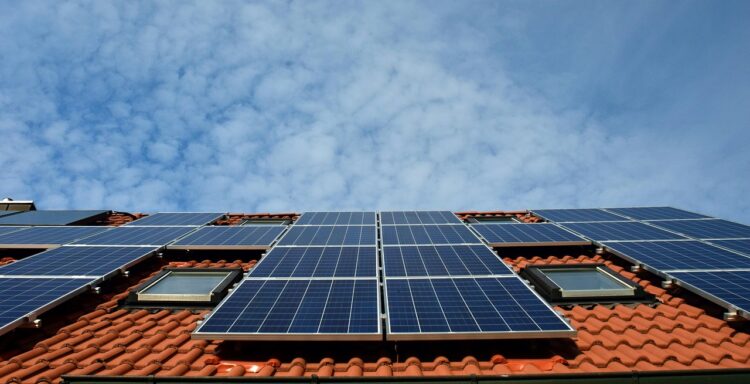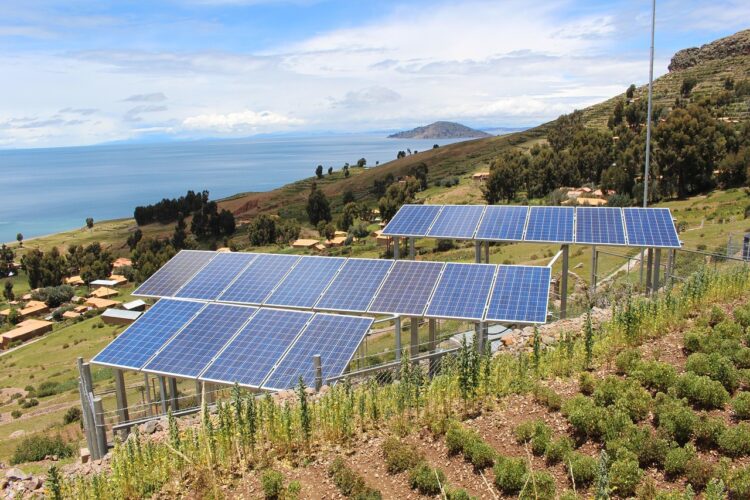Our Location
Installing solar panels on roof is a challenging task. It’s essential to ensure there’s sufficient space not only on the roof itself but also between each panel. But how much space is required, and why is it necessary?
Solar roof mounts are a vital component of rooftop solar installations, supplying a secure and reliable platform for solar panels. One crucial aspect to consider when installing solar roof mounts is the spacing between each mount. This spacing has a significant impact on the structural integrity of the system and maximizes its energy generation potential. In this article, we will dig into the recommended spacing for solar panel brackets and the factors to consider when selecting the optimal distance.

Table of Contents
ToggleIn the design of photovoltaic systems, the spacing between solar panels is crucial as it directly impacts the system’s performance. This includes factors such as light reception, heat dissipation, and ease of maintenance. Appropriate spacing between panels not only improves energy efficiency but also prolongs the system’s lifespan. Here are the main reasons:
Proper spacing of solar panels is significant for maximizing energy production and guaranteeing the longevity of the solar array. Adequate spacing prevents one panel from shading another, which can remarkably reduce the system’s overall efficiency. The appropriate spacing depends on several factors, including the angle of the sun, geographic location, and the physical dimensions of the panels. Here are some key aspects to consider:
Various factors determine the minimum distance between rows of solar panels. Recognizing these elements is essential for an efficient solar panel installation.
Proper installation is significant for enhancing the efficiency of solar panels, extending their lifespan, and optimizing the overall cost of the solar energy system. Using high-quality materials and expert installation techniques is crucial to make sure that solar panels operate at maximum efficiency, leading to significant energy savings over time.

For solar panels installed vertically, calculate the number of panels per row by dividing the array’s length by the panel’s width, measured in inches. To determine the total number of panels needed for each row, divide the width of the array by the length of the panel.
Formula:
Array Length / Panel Width = Number of Panels/ Row
Assuming each solar panel measures 5 feet by 3 feet, the available roof space is 14 feet wide by 38 feet long. Two rows of panels can be installed, with the modules arranged in a portrait style and angled to match the roof. Since the panels are 3.5 feet wide, a total of 10 panels can be accommodated.
These formulas provide a general estimate of the number of panels that can be installed. However, those numbers need to be adjusted based on the specific hardware specifications. It’s important to leave a few inches of space at the end of each rail. The longer track is factored into the calculation since it can be cut down at any time.
In conclusion, the spacing of the solar roof rack is a crucial factor in rooftop solar installations. It ensures proper weight distribution, facilitates airflow, and adheres to local building codes. Consulting with professionals is important for determining the optimal spacing for a specific project, ensuring a successful and efficient solar installation.

